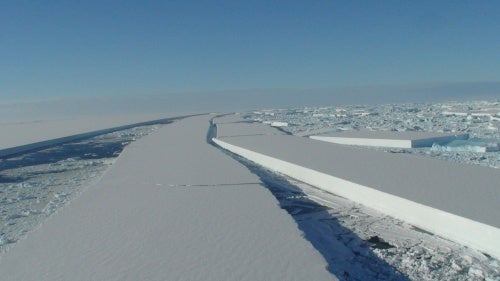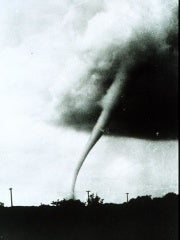 This post is by Scott Anderson, an attorney and senior policy advisor at the Environmental Defense Fund. It’s the second in a three-part series on carbon sequestration – storing carbon or carbon dioxide (CO2) in soils, trees, geological formations, and oceans.
This post is by Scott Anderson, an attorney and senior policy advisor at the Environmental Defense Fund. It’s the second in a three-part series on carbon sequestration – storing carbon or carbon dioxide (CO2) in soils, trees, geological formations, and oceans.
1. Biological Sequestration
2. Geological Sequestration
3. Ocean Sequestration
To stop global warming, the U.S. must substantially move away from carbon-emitting fossil fuels to clean renewable energy. But a transition of this magnitude takes time. Right now this country is heavily dependent on coal for electricity, and traditional coal plants are none too clean.
How do we stop global warming while renewable technologies to meet our energy needs are still under development? Part of the answer may lie in an emerging transition technology called Carbon dioxide (CO2) Capture and Storage (CCS). The idea behind CCS is to capture the CO2 from industrial processes like coal plants, and then store it in deep geological formations.
Read More »
 This post is by James Wang, Ph.D., a climate scientist at Environmental Defense Fund.
This post is by James Wang, Ph.D., a climate scientist at Environmental Defense Fund.









 This post is by Sheryl Canter, an Online Writer and Editorial Manager at Environmental Defense Fund.
This post is by Sheryl Canter, an Online Writer and Editorial Manager at Environmental Defense Fund.
 This post is by
This post is by  This post is by
This post is by  Yesterday, an
Yesterday, an